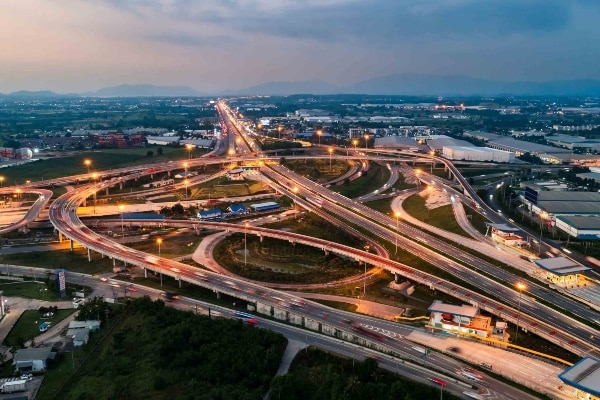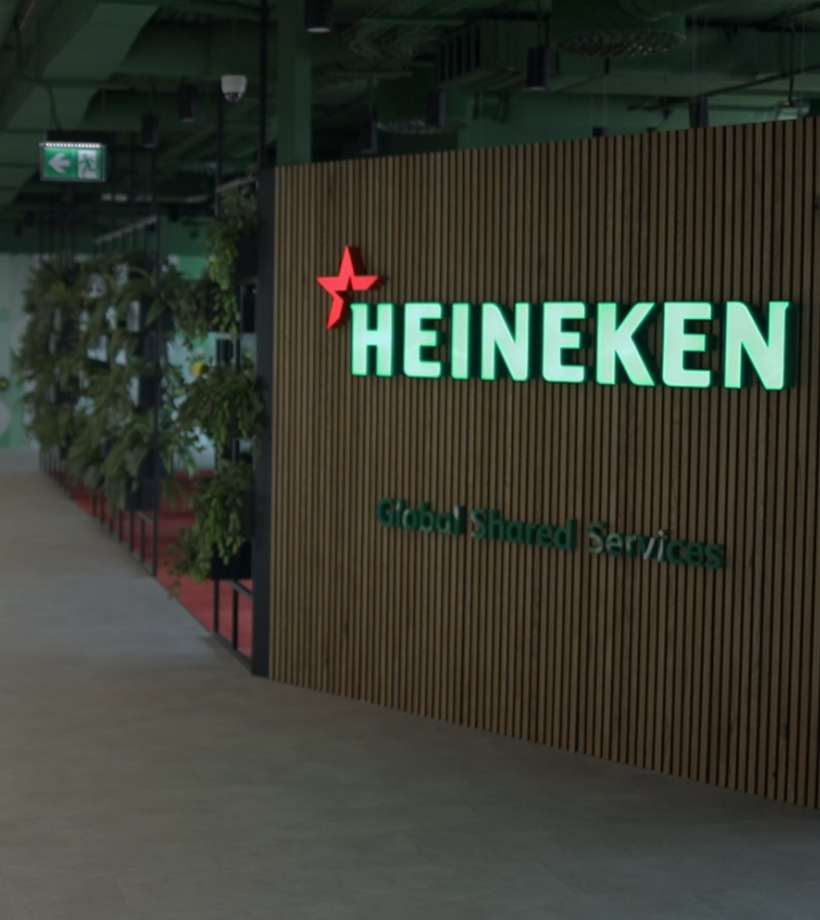-
Featured services
2026 Global AI Report: A Playbook for AI Leaders
Why AI strategy is your business strategy: The acceleration toward an AI-native state. Explore executive insights from AI leaders.
Access the playbook -
Services
Alle Services und Produkte anzeigenNutzen Sie unsere Fähigkeiten, um die Transformation Ihres Unternehmens zu beschleunigen.
-
Services
Network-Services
Beliebte Produkte
-
Services
Cloud
Beliebte Produkte
-
Services
Consulting
-
Edge as a Service
-
Services
Data und Artificial Intelligence
- KI und intelligente Lösungen
- Daten-/KI-Strategie und -Programm
- Data Engineering und Plattformen
- Daten-Governance und -management
- Datenvisualisierung und Entscheidungsfindung
- $name
- GenAI Platforms
- GenAI Industry Services
- GenAI Infrastructure Services
- GenAI Value Transformation
- Data und Artificial Intelligence
-
-
Services
Global Data Centers
-
Beliebte Produkte
-
Services
Application Services
-
Services
Sustainability Services
-
Services
Digital Workplace
-
Services
Business Process Services
-
Services
Generative AI
-
Services
Cybersecurity
-
Services
Enterprise Application Platforms
![]()
IDC MarketScape: Anbieterbewertung für Rechenzentrumsservices weltweit 2023
Wir glauben, dass Marktführer zu sein eine weitere Bestätigung unseres umfassenden Angebotes im Bereich Rechenzentren ist.
Holen Sie sich den IDC MarketScape -
-
Erkenntnisse
Einblicke und RessourcenErfahren Sie, wie die Technologie Unternehmen, die Industrie und die Gesellschaft prägt.
-
Erkenntnisse
Ausgewählte Einblicke
-
Die Zukunft des Networking
-
Using the cloud to cut costs needs the right approach
When organizations focus on transformation, a move to the cloud can deliver cost savings – but they often need expert advice to help them along their journey
-
So funktioniert Zero-Trust-Sicherheit für Ihr Unternehmen
Sorgen Sie dafür, dass Zero-Trust-Sicherheit für Ihr Unternehmen in hybriden Arbeitsumgebungen funktioniert.
-
-
Erkenntnisse
![]()
Copilot für Microsoft 365
Jeder kann mit einem leistungsstarken KI-Tool für die tägliche Arbeit intelligenter arbeiten.
Copilot noch heute entdecken -
-
Lösungen
Alle LösungenWir helfen Ihnen dabei, den Anforderungen an kontinuierliche Innovation und Transformation gerecht zu werden
Global Employee Experience Trends Report
Excel in EX mit Forschung basierend auf Interviews mit über 1.400 Entscheidungsträger:innen auf der ganzen Welt.
Besorgen Sie sich den EX-Report -
Erfahren Sie, wie wir Ihre Geschäftstransformation beschleunigen können
-
Über uns
Neueste Kundenberichte
-
Liantis
Im Laufe der Zeit hatte Liantis, ein etabliertes HR-Unternehmen in Belgien, Dateninseln und isolierte Lösungen als Teil seines Legacysystems aufgebaut.
-
Randstad
We ensured that Randstad’s migration to Genesys Cloud CX had no impact on availability, ensuring an exceptional user experience for clients and talent.
-
-
![Heineken Landing Page]()
NTT DATA und HEINEKEN
HEINEKEN revolutioniert die Mitarbeitererfahrung und die Zusammenarbeit mit einem hybriden Arbeitsplatzmodell.
Lesen Sie die Geschichte von HEINEKEN -
- Karriere
Topics in this article
Now that globally dispersed workforces, flexible work policies and hybrid offices are the norm, organizations need to think differently about what it means to put their people first.
Effective employee engagement plays a pivotal role in employee satisfaction, retention and overall organizational performance. Engaged employees are happier, more motivated, more productive and typically have longer tenures with their organizations. The question now is: How do you engage people and prevent the loss of valuable talent in a working environment that’s changed significantly in just a few years?
In this article, we look at why employee expectations have changed and what people now expect from their workplace. We then offer practical advice on adapting physical workspaces to meet the needs of a new hybrid workforce.
Work-from-home has changed employees’ expectations of the workplace
The prolonged impact of the COVID-19 pandemic has brought about a significant shift in employee expectations, mostly thanks to the collective work-from-home (WFH) experience. As organizations adapted to remote and hybrid modes of operation over more than two years, it became apparent that this new way of working offered a multitude of advantages.
A noteworthy WFH advantage is that it eliminates the need to commute, something that’s long been a cause of concern in numerous cities. By removing the need to travel to and from the workplace, employees can save time and money on transportation, and reduce their carbon footprint – and stress levels!
On top of that, a newfound work–life balance and personalized home-office setup have contributed to employees’ preference for remote work. In fact, home offices have provided an equally, if not more, conducive working environment in terms of reliable internet connectivity, enhanced comfort and having the right hardware setups.
Employees now want a multifunctional and upscaled workplace
While remote work has its advantages, employees still crave the social and collaborative aspects that a physical workplace provides.
As a result, the modern workplace is now expected to be a multifunctional hub: one that can facilitate team collaboration and meetings, and provide opportunities for social interaction and events.
Facilities should also be far superior to what employees have at home and elevate the employee experience. This may include features such as video-meeting rooms that come equipped with state-of-the-art technology, faster and more reliable Wi-Fi, cleaner environments and spaces that promote focused work and creativity.
- ALSO READ → Making hybrid working work
5 ways to keep employees engaged in the workplace
To create a workplace that’s relevant and appealing to the hybrid workforce, organizations should consider the following:
- Embrace hotdesking: Convert fixed desks to hotdesking arrangements. This frees up space for other uses (see below), allows employees to choose where and how they work, and fosters flexibility and collaboration.
- Create collaboration spaces: Designate areas within the workplace for team collaboration and huddle sessions. Equip these spaces with digital whiteboarding capabilities, such as Webex boards, to enhance brainstorming and the sharing of ideas.
- Enhance video-meeting experiences: Invest in technologies that can enhance the video-meeting experience with features such as voice control, attendee count, autoframing and seamless integration with popular collaboration tools like Teams, Cisco or Zoom.
- Improve Wi-Fi coverage and security: Strengthen the workplace's Wi-Fi infrastructure to accommodate the increasing demand for connectivity, and ensure robust security measures are in place to protect sensitive data.
- Embrace green initiatives: Implement sustainable practices that not only reduce operational costs but also align with environmental goals. These may include room-capacity monitoring, to optimize space utilization, motion-sensor lighting, and transitioning from traditional communication devices to cloud-based voice and infrastructure solutions.
Adapting the workplace to meet the changing expectations of a hybrid workforce is crucial to attracting and retaining top talent. And understanding what’s driving the shift in employee expectations allows you to make informed decisions about creating a workplace that can foster collaboration, offer an elevated experience and keep your organization relevant in the evolving work landscape.
By embracing flexibility, investing in technology and prioritizing employee wellbeing, organizations can successfully align their workplaces with the needs of the hybrid workforce and set themselves up for long-term success.
Read more about NTT's Business Processing Operations.




